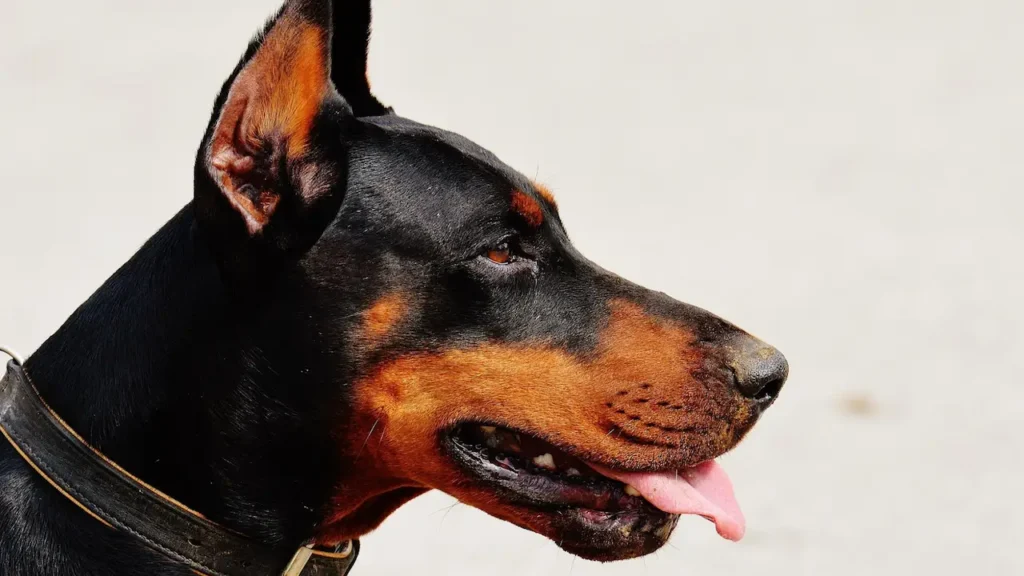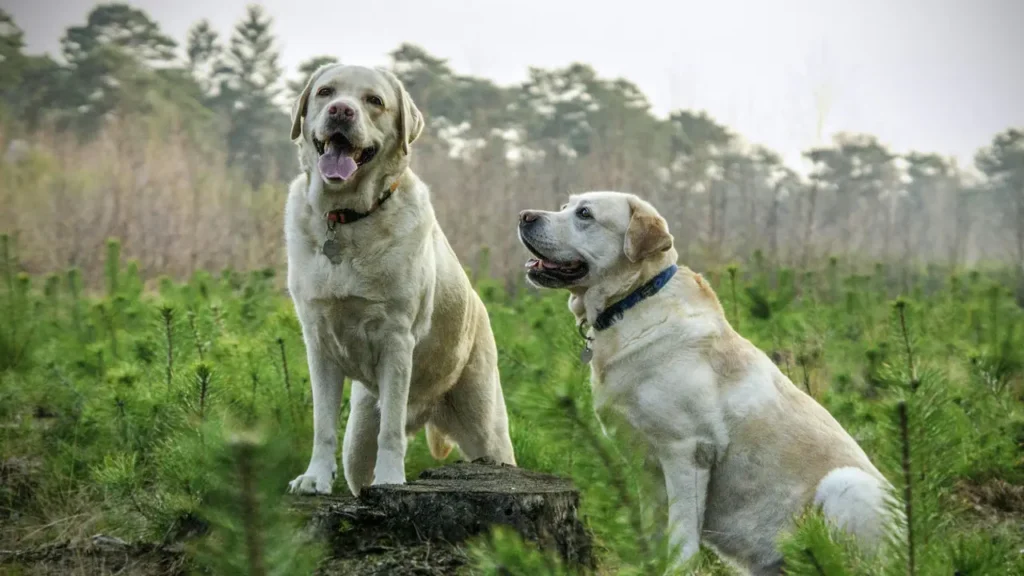Training your dog is an essential part of building a strong bond. One of the most basic and useful commands you can teach your furry friend is “Sit.” It lays the foundation for more advanced training. Fortunately, teaching your dog to sit is simple, quick, and fun! Follow these five easy steps to get started.
Step 1: Gather Treats and Choose the Right Environment
Before diving into training, preparation is key to setting both you and your dog up for success.
Start by gathering simple easy treats. These are small, irresistible snacks that your dog finds particularly enticing. The goal is to use something so appealing that it captures their full attention during training sessions.
Soft treats work best. They’re easy to chew and don’t distract your dog with prolonged eating time. You can also experiment with other easily available treats to see which ones motivate your dog the most.
Some dogs go crazy for tiny pieces of chicken or cheese, while others prefer store-bought training treats.
Once you’ve selected the perfect reward, focus on creating the ideal training environment.
Dogs easily become distracted by external stimuli. To help them concentrate, choose a calm space. For example, a corner of your living room, or a fenced backyard would be ideal. Removing distractions allows your dog to fully focus on you and the task at hand.
In addition, ensure the environment feels safe and familiar to your dog. This builds confidence and reduces anxiety. A positive atmosphere encourages better focus. It helps your dog associate the “Sit” command with pleasant experiences.
Remember, the more comfortable your dog feels, the faster they’ll learn!
Step 2: Get Your Dog’s Attention
Now that you’re prepared with treats and a suitable environment. It’s time to capture your dog’s undivided attention.
Stand directly in front of your dog. Maintain eye contact and ensure they’re facing you. Hold a treat close to their nose, letting them sniff and acknowledge its presence.
Most dogs will immediately perk up when they detect food nearby. It’s almost impossible for them to resist! By keeping the treat right under their nose, you’re essentially turning it into a magnet that draws their focus entirely toward you.
With the treat firmly in hand, begin moving it slowly upward, just above their head. Be careful not to raise it too hig. This could cause your dog to jump or stand on their hind legs instead of sitting.
As the treat moves upward, your dog’s natural instinct will kick in. They’ll tilt their head back to keep their eyes on the prize, shifting their weight onto their hindquarters.
This subtle shift naturally lowers their bottom to the ground, resulting in a seated position.
It’s important to remain patient during this step. Not every dog will sit perfectly on the first try. If your dog seems hesitant, gently adjust the height and angle of the treat until they figure out what you’re asking.
Avoid pushing down on their hindquarters or forcing them into a seated position. Instead, let their natural instincts guide them into the correct posture. With practice, they’ll quickly catch on to the motion and start sitting effortlessly.
Step 3: Say the Command Clearly
Timing is everything when introducing the verbal cue “Sit.”
As soon as your dog’s bottom touches the ground, clearly say the word “Sit” in a cheerful tone. Using an upbeat voice reinforces the idea that sitting is a positive behavior worth repeating.
Dogs respond well to tone and energy. Make sure your delivery conveys excitement and encouragement.
Immediately after giving the verbal cue, reward your dog with the treat you’ve been holding. Follow this up with plenty of verbal praise, such as saying “Good job!” or “Yes!” in an animated manner.
Positive reinforcement strengthens the connection between the action (sitting) and the reward (treat + praise). Over time, your dog will come to understand that sitting earns them something delightful. This will motivate them to repeat the behavior whenever asked.
To solidify this connection, repeat the exercise several times in short sessions. Puppies may need shorter, and frequent sessions, while adult dogs can handle slightly longer ones.
Consistency is critical here. The more you practice, the quicker your dog will learn to associate the command “Sit” with the act of sitting. Repetition helps reinforce muscle memory, making the behavior automatic over time.
Step 4: Practice Without the Treat Lure
Once your dog has consistently demonstrated that they understand the “Sit” command and can perform it reliably using the treat lure, it’s time to transition away from relying on visible treats.
This step is crucial. It helps your dog generalize the behavior. They’ll learn to sit on command regardless of whether a treat is present. The goal here is to teach your dog that the act of sitting itself is rewarding, not just the promise of food.
To begin phasing out the treat lure, start by concealing the treat in your pocket. With an empty hand, mimic the same upward motion you used earlier when holding the treat. Your dog may initially hesitate since they’re accustomed to seeing the treat guiding them into position.
However, with consistent practice, they’ll realize that following the hand signal still leads to a reward—even if the treat isn’t immediately visible.
When your dog complies, say the verbal cue “Sit” clearly and enthusiastically. Then, quickly produce the hidden treat as a reward.
This reinforces the idea that sitting earns them something positive. Over time, gradually extend the gap between their compliance and the delivery of the treat.
For example, instead of giving the treat every single time they sit, alternate between offering a treat and providing non-food rewards like verbal praise (“Good boy!” or “Yes!”), gentle petting, or a brief play session with their favorite toy.
This process strengthens the behavior by teaching your dog that they won’t receive a treat every time. But they’ll always get something positive for obeying the command.
These intermittent reinforcement makes the behavior durable over time. Your dog will be less likely to stop responding if no treat is offered.
As you continue practicing without the treat lure, monitor your dog’s progress closely. If they seem confused or reluctant to sit without the visible treat, don’t worry. This is normal during the transition phase.
Simply go back a step and reintroduce the treat briefly before hiding it again. Be patient and celebrate small victories along the way. Eventually, your dog will confidently respond to the “Sit” command without needing any visible prompts.
Step 5: Reinforce the Behavior in Different Settings
Training doesn’t end once your dog masters the “Sit” command in a controlled environment. It’s important to reinforce the behavior in various settings and situations.
Dogs often struggle to generalize commands. They may excel at sitting indoors but fail to do so outdoors. By practicing in different locations, you ensure that your dog understands the command applies universally.
Start by moving to slightly busier areas within your home. These spaces typically have more background noise and activity compared to a quiet training corner.
Practice the “Sit” command in these areas, rewarding your dog each time they comply. Once they’re comfortable sitting in these mildly distracting environments, take the training outside to your backyard.
Outdoor settings introduce new challenges, such as smells, sights, and sounds that can capture your dog’s attention. Keep sessions short and focused, and continue reinforcing the behavior with treats, praise, or toys.
As your dog becomes proficient, gradually increase the level of difficulty by introducing higher levels of distraction. For instance, practice in a park where other people, dogs, and wildlife might be present. Start at a distance from major distractions, then slowly move closer as your dog gains confidence.
Each time your dog successfully sits despite the distractions, immediately reward them to reinforce the behavior.
Incorporate the “Sit” command into real-life scenarios. Ask your dog to sit before crossing the street, entering the house, or greeting visitors. This teaches them that sitting isn’t just a trick—it’s a practical skill.
Real-world application also helps solidify the behavior.
Why Teaching “Sit” Matters
The “Sit” command is incredibly versatile. It can be used to prevent jumping on guests. This training helps your dog calm during excitement. This prepares them for other commands like “Stay” and “Down.”
Plus, it’s a great way to build trust and communication between you and your canine companion.
With patience, consistency, and plenty of treats, your dog will master the “Sit” command in no time. Enjoy the journey of training together.




